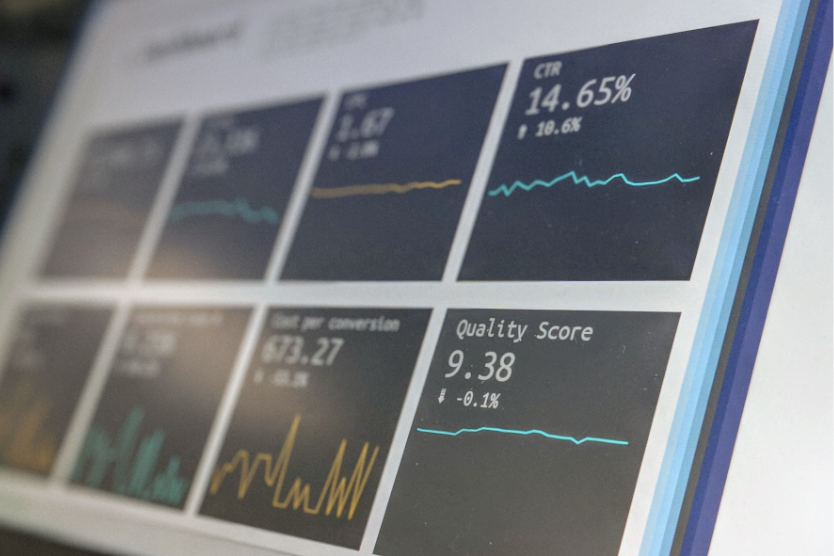
Hydrogen can pose a fire risk, while higher concentrations can be positively explosive. New technology must be developed to continuously detect its presence and determine its purity.
© Stephen Dawson, Unsplash
Hydrogen gas (H2) is invisible, odourless and also highly flammable – even small leaks can pose a fire risk, while higher concentrations can be positively explosive. As green hydrogen will be widely used as an energy carrier in the future and transported in pipelines (mixed with ammonia, NH3), stored locally and used (in a pure form) in fuel cell vehicles, new technology must be developed to continuously detect its presence and determine its purity.
In the TransHyDE joint project, researchers from Fraunhofer Institute for Physical Measurement Techniques (IPM) have spent the last year developing innovative approaches for detecting leaks, measuring H2 gas quality and analysing foreign gases in H2 gas mixtures, in close cooperation with the Swiss metrology specialists Endress + Hauser, RMA Rheinau, and other partners.
The IPM team worked on a spectrum of solutions to meet safety standards. For large plants, self-testing and low-maintenance sensors will be used to detect H2. This will be based on the specific speed of sound and high thermal conductivity (compared to other gases), as well as a low-cost optical system that can continuously detect hydrogen based on the “Raman scattering” light effect. Laser spectroscopy and infrared imaging can also be utilised to highlight NH3 leaks, even from a distance. The potential of so-called “colorimetric sensors” that change hue in the presence of H2 is also under investigation.
In fuel cell applications for mobility, H2 gas must be of the highest purity for the system to operate properly. In this case, a robust, photoacoustic sensor system will be implemented to continuously monitor trace gases in the source.
Finally, in the case of pipeline transport where H2 is mixed with other natural gases, the exact composition and calorific value of the gas mix must be analysed, as it impacts on energy costs. Here, the IPM is working with commercial partners to equip a gas analyser with an H2 thermal conductivity sensor to get the most accurate results.
TransHyDE is funded by the German Federal Ministry of Education and Research (BMBF).


